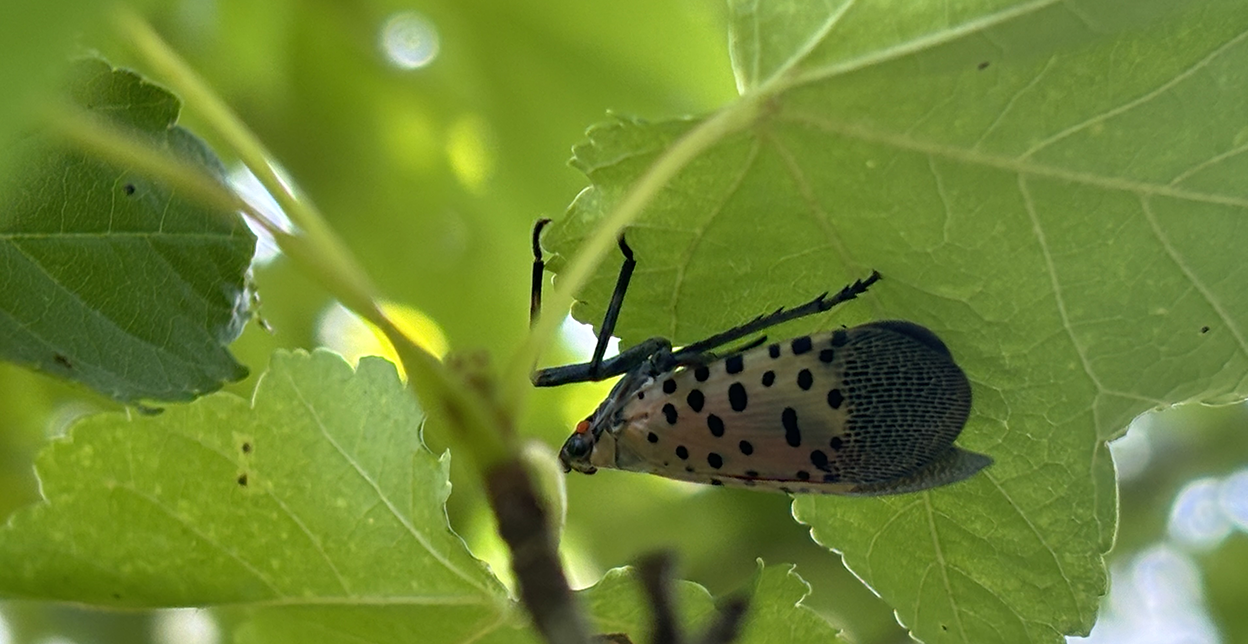At all stages of the spotted lanternfly’s life, it is a voracious feeder, boring into trees and plants to suck the juices. The feeding leads to oozing sap, leaf curl, wilting, and dieback in trees, vines, grains, and vegetable crops. Mosquito Joe® provides professional spotted lanternfly removal.
What Is a Spotted Lanternfly?
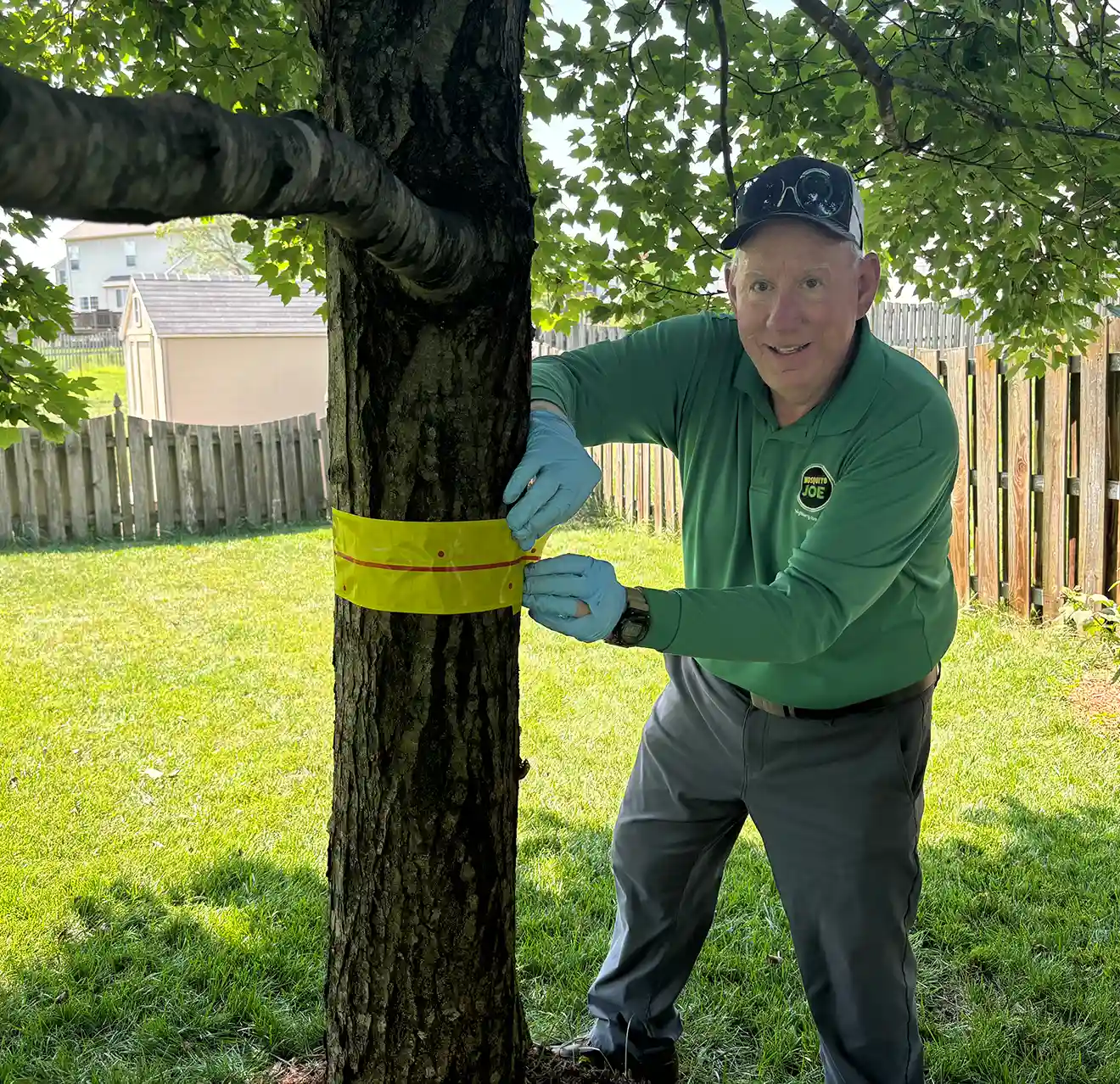
How to Get Rid of Spotted Lanternflies?
There are several steps homeowners can take to rid their property of spotted lanternflies and play a role in helping to contain the damage they do. If you see a spotted lanternfly, report it to the agricultural department. You’ll find state-specific phone numbers and email addresses here.
-
Tree Removal
Remove any tree of heaven from your property.
-
Apple Cider Vinegar
Directly spraying apple cider vinegar or insecticidal soap controls lanternfly nymphs and adults.
-
Plant Milkweed (Asclepias)
The insects feed on the Asclepias sap, which slowly poisons and gets rid of them.
-
Trained Professionals
Hire a professional spotted lanternfly removal service. Contact Mosquito Joe today!
Spotted Lanternfly Removal Service
You‘re likely wondering how to get rid of spotted lanternflies efficiently. At Mosquito Joe, our trained professionals can come out for a one-time treatment of trees on your property that the insects feed on. We are anxious to do our part to protect American agriculture and logging from this growing threat.
The spotted lanternfly has already spread to 14 states, and the U.S. Department of Agriculture is anxious to stop its further proliferation.
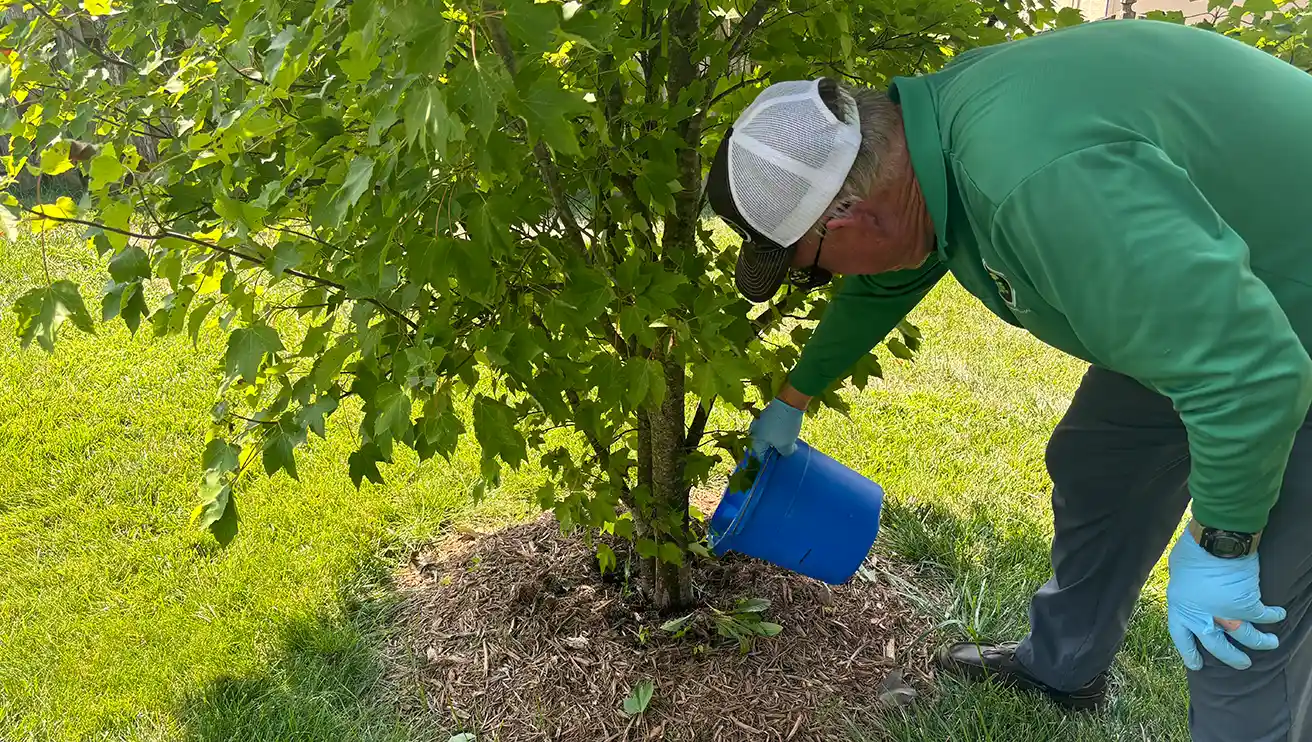
Mosquito Joe Services
-
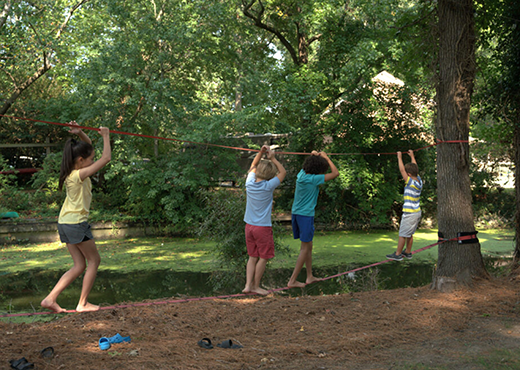
Eco-Friendly Pest Control
Tackle pests with a blend of essential oils for effective results.Learn More Eco-Friendly Pest Control -
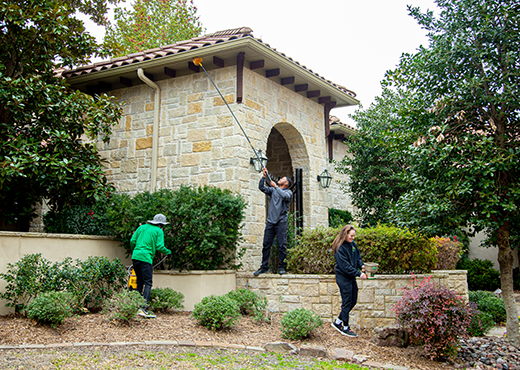
MOJO Home Pest Defense
We treat potential entry points to stop invaders with our impactful solution.Learn More MOJO Home Pest Defense -

Barrier Spray
This water-based product works right away – and keeps working for weeks.Learn More Barrier Spray -
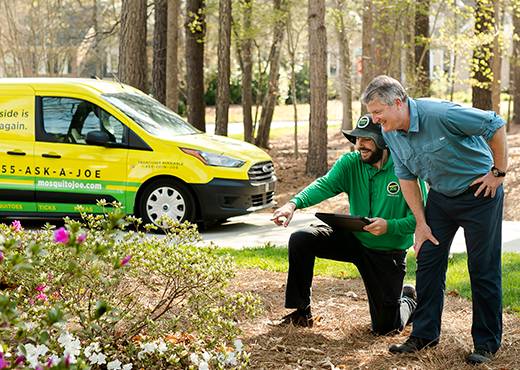
Pest Inspections
Pest inspections prevent property damage and future infestations while protecting your health.Learn More Pest Inspections
Customer Reviews
View All Reviews
The Neighborly Done Right Promise® delivered by Mosquito Joe®, a proud Neighborly company.
Helpful Resources
-
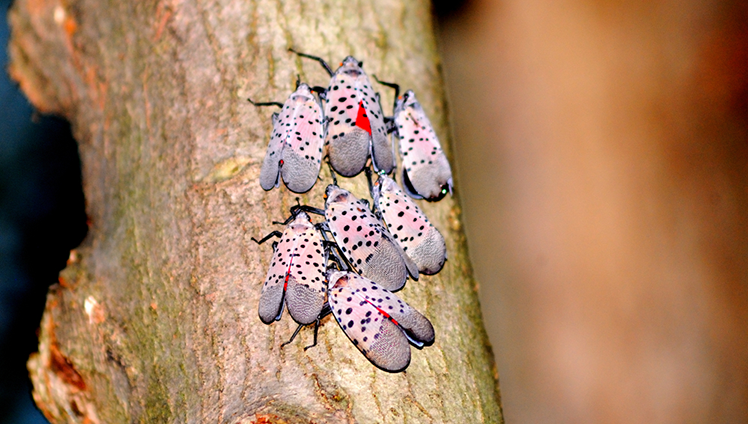
Do Spotted Lanternflies Bite?
Spotted lanternflies are a concerning invasive species, but do they bite?
-
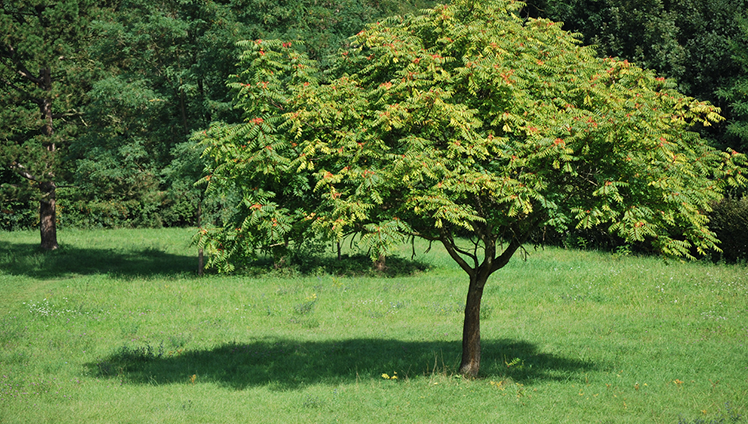
What Is a Tree of Heaven?
The tree of heaven is an invasive plant species that could already be growing in the soil around your home or near plants in your yard.
-
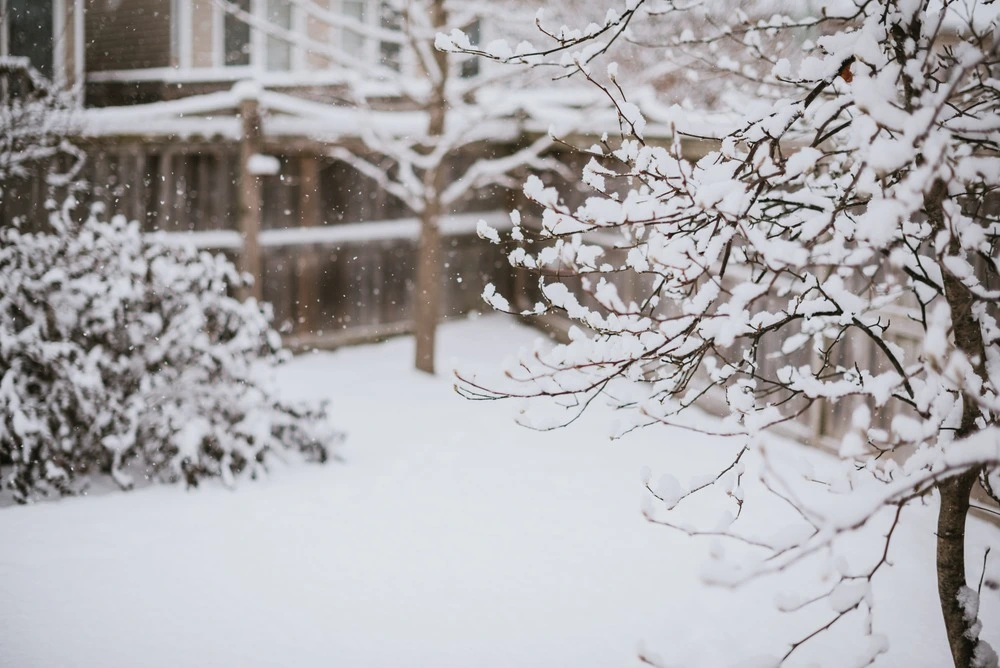
Spotted Lanternflies in Winter: Disrupting the Life Cycle
Let Mosquito Joe® guide you in understanding the lanternfly life cycle and teach you how addressing overwintering egg masses can help protect your property.
Services may vary by location. For more information, including the most accurate list of services and guidance, contact your locally owned and operated Mosquito Joe for details and a customized on-site assessment.
Frequently Asked Questions About Spotted Lanternfly Control Services
Ever wondered about the best way to keep your home and yard bite-free? We’ve got the answers to your most common questions about eco-friendly pest control.
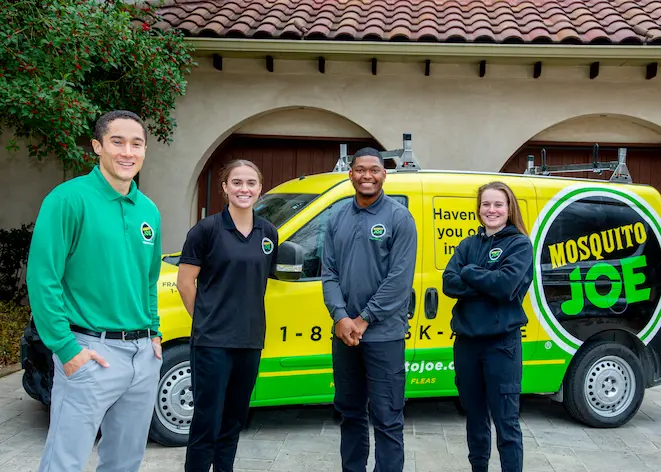
Join Our Team
At Mosquito Joe, it's not just about banishing pesky pests; it's about championing our team. Come join us and see how our franchise owners go the extra mile to make us the ultimate employer in every market we serve!
